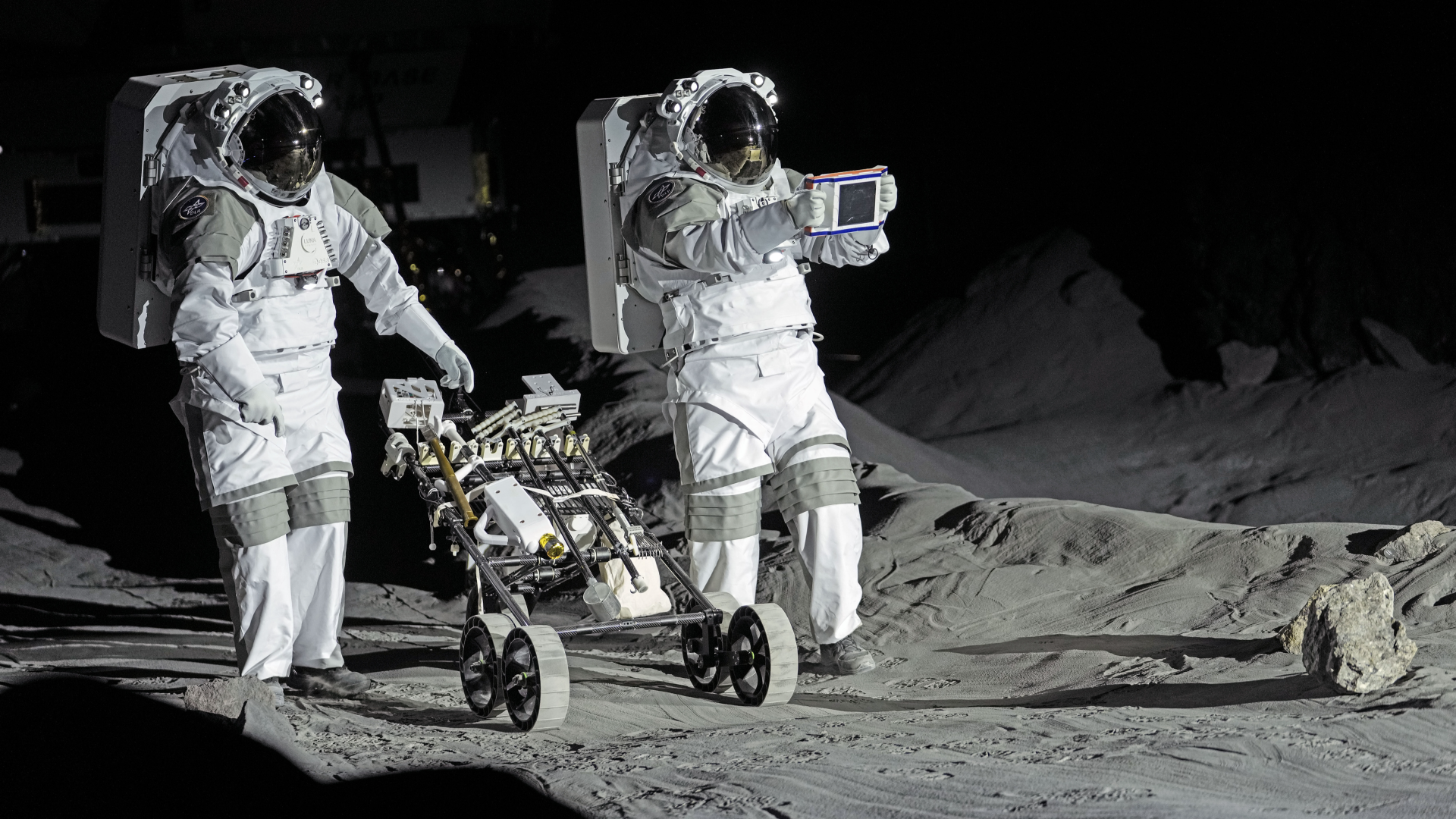French astronaut states Europe is headed for the moon with a new simulator
Europe is making strides towards lunar exploration with the introduction of a new simulator, according to a statement from a French astronaut.

The 46-year-old astronaut, known as a national icon in France for his missions aboard the International Space Station, expressed enthusiasm about the possibility of being part of a lunar mission. "It would be a dream and the high point of my career. The moon is 1,000 times farther away than the ISS," he remarked in an interview. He added, "Aboard the ISS, you feel like you're doing something out of the ordinary. But going to the moon takes the adventure to a whole other level."
LUNA has been built to train astronauts and evaluate equipment and materials intended for lunar missions. Interest in lunar exploration has increased significantly in recent years, with NASA initiating the Artemis program to land astronauts on the moon by 2026—more than fifty years since the last Apollo mission in 1972.
Earlier in the year, China launched a probe that successfully collected samples from the far side of the moon, with plans for a crewed mission to follow by 2030, aiming to establish a base on the lunar surface. Additionally, Japan and India are making preparations to send a probe to search for water near the moon's south pole in 2025.
Pesquet indicated that the European Space Agency (ESA) is keen to collaborate with NASA on future lunar expeditions. "It's a key moment for Europe because we're truly jumping into lunar exploration. We're already partnering with NASA on supplying equipment and materials for Artemis," he stated. He emphasized that "LUNA is really the first highly visible sign of the fact that we've embarked on plans to return to the moon. We're proving that by making long-term investments. This facility will be open to other space agencies, researchers and, we hope, to private firms."
Regarding his initial experience with LUNA, Pesquet found it to be quite surprising. He and fellow ESA astronaut Matthias Maurer practiced walking on the simulated lunar surface while wearing special suits weighing 25 kilograms and carrying scientific and communication gear. "I was surprised by the piercing light seen on the moon, especially at the south pole. It's very hard to evaluate the topography," he explained, mentioning how he became immersed in the thick layer of simulated lunar dust. He added, "The minute you leave the path, figuring out where to step is a whole different kettle of fish ... It's also incredibly slow. It's not like Earth; you're a lot less coordinated. It reminded me of my spacewalks at the International Space Station."
Moreover, Europe’s contribution to the service module for NASA's Orion capsule—which is intended to transport Artemis crew members—has secured the ESA three astronaut positions in the program’s first three lunar missions. However, Pesquet noted, "NASA has told us, 'To land on the moon, you need to propose something to do on the lunar surface.'" He recognized that while LUNA is not contractually obligated, it serves to demonstrate Europe’s commitment to lunar exploration endeavors.
Navid Kalantari for TROIB News
Discover more Science and Technology news updates in TROIB Sci-Tech












